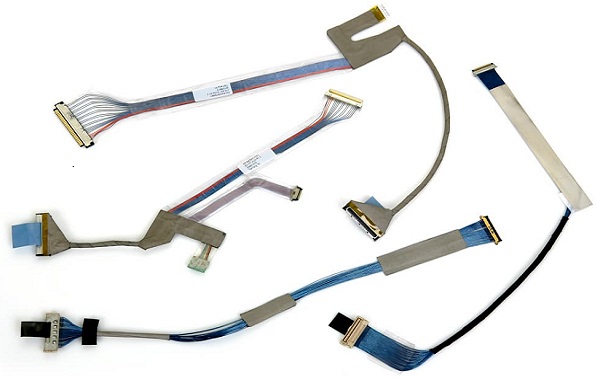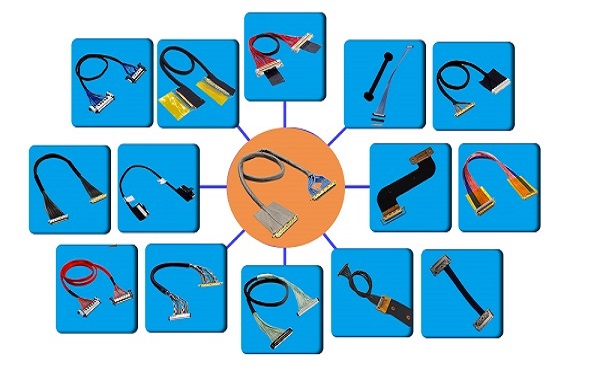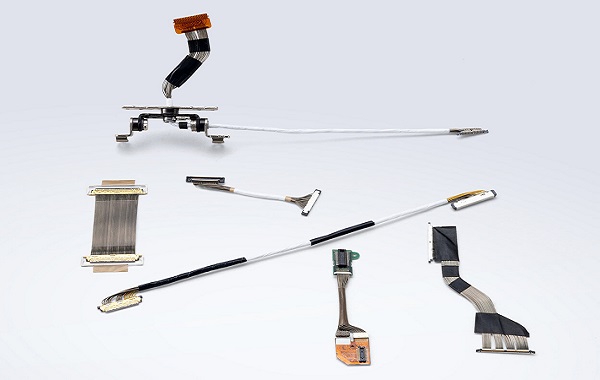Categorization:Harness Component

One, wiring design points
Reasonably control the bending shape: The extremely thin coaxial cable bundle structure is delicate, especially the joints are more fragile. During wiring, it should avoid excessively small bending radii, prioritize natural and smooth line transitions, and reduce the concentrated stress caused by sharp bends and angles on the cable bundle.Path Planning and Hierarchical Strategy: In compact devices, the shortest and smoothest path should be prioritized, and reasonable spacing should be maintained between different functional areas to avoid bundles from being squeezed together, thereby preventing structural damage caused by friction.
Maintain the integrity of the shielding layer: The extremely fine coaxial bundle relies on the shielding layer to ensure signal integrity. During the routing process, excessive compression or stretching should be avoided to prevent damage to the shielding layer, which may cause impedance discontinuity and increased interference.

Part two: Stress Release Design Techniques
Set fixed points or holding structures: Increase mechanical fixation at a certain distance from the joint to allow the clamp to bear the stress first when the harness is pulled or vibrated, reducing the risk of direct impact on the joint. The fixation material should be chosen to be flexible to avoid damaging the outer sheath of the cable.
Proper relaxation space reservation: When wiring, the cable harness should not be pulled too tightly. A certain degree of curvature should be reserved to allow the harness to absorb the stress caused by assembly errors, temperature changes, and minor displacements.
Section 3: Focus Points in the Process and Verification Phase
Ensure process cleanliness: Before the stress relief processes such as gluing and tubing, it should be ensured that the cable surface is free of oil stains and impurities to avoid reducing the bonding effect or affecting the structural stability.Reliability testing: At the prototype stage, tests such as bending, tensile, and vibration should be conducted to verify the effectiveness of the stress relief design and to identify potential failure points in advance.
Balance electrical and mechanical structures: While enhancing mechanical strength, it is necessary to avoid damaging the coaxial structure and impedance continuity, ensuring the integrity and consistency of signal transmission.

I amSuzhou Huichengyuan Electronic TechnologyLong-term focus on the design and customization of high-speed cable harnesses and ultra-fine coaxial cables, committed to providing stable and reliable high-speed interconnection solutions. If you have related needs or want to learn more, please contact:Manager Yin 18913280527 (WeChat same number)。